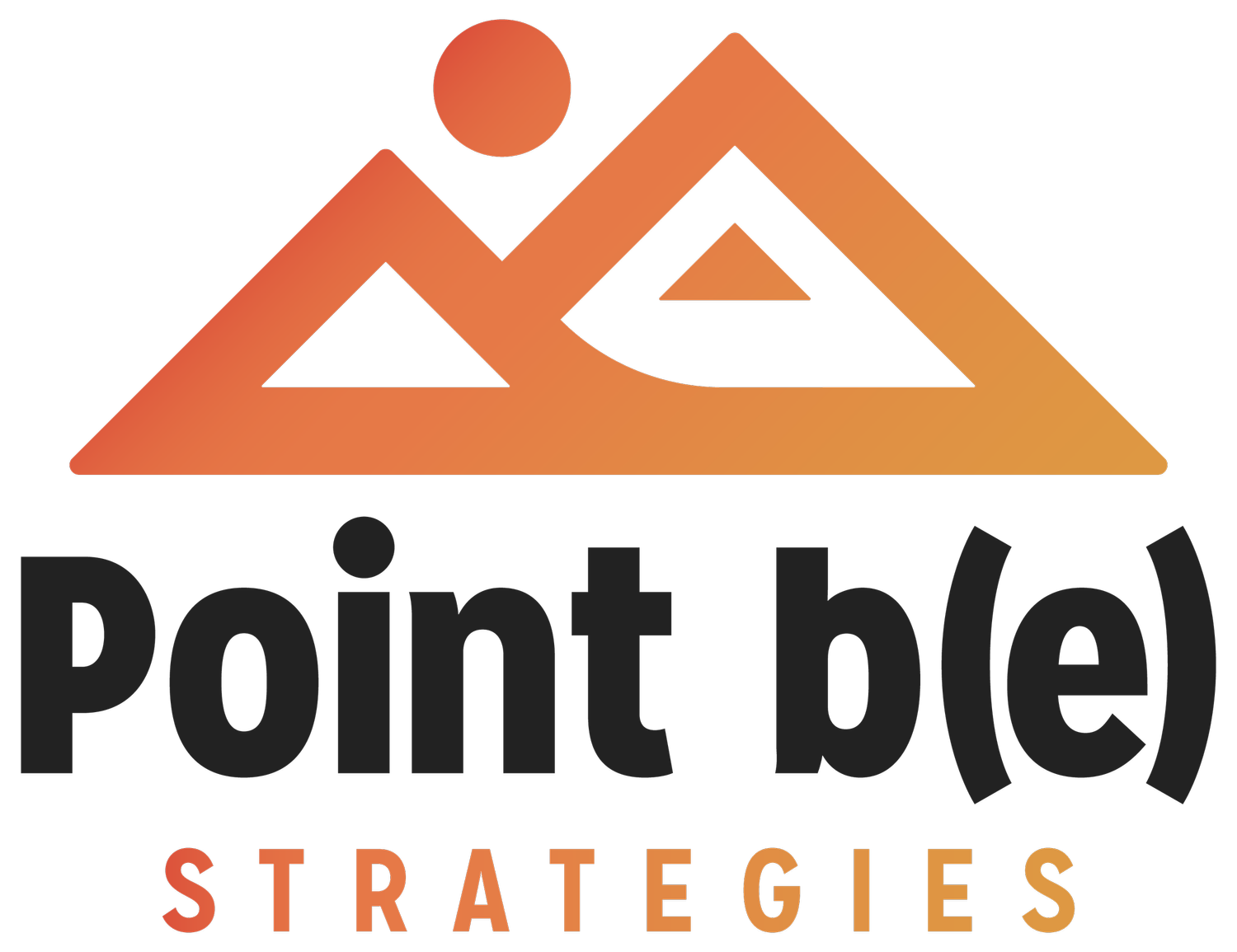Embracing Change
By Zane SlacumHere in Denver, spring has officially arrived! Tulips and daffodils are peeking their heads up through the last remnants of the latest snow storm; the days are getting longer, and I am ready to embrace the change in seasons! Don’t get me wrong—I love winter, but I am ready for sunny hikes, garden vegetables and outdoor patios.
With every change in season, I find myself excited and ready for the next. This could be because I grew up in Southern California, where the arrival of a new season is almost undetectable. But I really think I feel excitement in these transitions because I’ve learned what I can expect and look forward to—how long each season will last and how it will shift my day-to-day. I know that in Denver, spring will last for three months, which means that we will have snow storms one day and 70-degree weather the next. I know that by Mother’s Day, I will need to put my plants in the ground, and that even if I can’t go on a hike one day, I likely can the next. I believe that by visualizing and forecasting how seasonal transitions will shift my life, I can more wholeheartedly embrace the change.
I believe this is also true for organizations facing change—that in order to embrace change within your organization, your team and your stakeholders will need to understand and clearly envision how this change will impact their lives. Often organizations seeking or needing to make a big change, such as a new mission, an overhaul of programming, a staff restructuring or the departure of a leader, are at a loss for where and how to begin. The team might wonder: How will this impact our community, our staff, our bottom line?
At Point b(e) Strategies, when considering any major organizational change, we seek to answer these kinds of questions by taking four steps:
Understand your why: Point b(e) Strategies encourages organizations to critically consider why they are making a change, including why this is the right time and why this proposed change is the best strategy toward their desired future state. For example: Are you making this change to further align your organization with its intended mission, or are you making this change because of a financial hardship? The answer to this question has significant influence on how the change will impact your organization, its staff and its stakeholders. For instance, if you are restructuring your staff because of financial hardship and required layoffs, then your planning and communication around this change will look significantly different than if you are restructuring to support the expansion of a program to better meet community need.
Define the current state: Organizations need to assess where they are starting from – their Point A in order to understand what will change. For example, if you have decided that you need to restructure your staff, you will need to approach this change by first assessing your baseline, or how your staff is currently structured. This would include assessing the formal structure of your staff as well as the more informal ways in which structure exists at your organization. Additional questions might include: What are the power dynamics, personalities, and communication strategies currently at play within the organization? Taking this step will not only improve clarity around your “why” for the change, but it will also help you to understand the various elements that will need to shift in order to reach your ideal future state – your Point B.
Examine the whole picture: Changes to one aspect of an organization will ultimately impact all other areas to some degree, and any organization considering a major change will need to understand and anticipate the broader shifts and consequences of that change. Returning to our original example, if you are working to restructure your staff, you will not only need to examine your current structure, but you will also need to examine who your staff are, what skills they bring, and how they work together to achieve your organization’s mission. Other key considerations include your organization’s systems, processes, leadership styles, strategies and values, among other factors. Because change doesn’t occur in a vacuum, taking a holistic view is critical to ensuring your team is fully prepared to address and manage both the positive and negative impacts of change.
Name the outcome(s): Once you have taken the steps above, you will be able to name the desired outcome of any transformational change and how that will impact all aspects of your organization. Clearly stating what you are working towards offers individuals the opportunity to see their own role in that change. Keeping with our example, if a staff restructure is planned for 18 months from now with the addition of 2 new program staff to double the amount of youth in a program, your team can plan for how this will impact their onboarding systems, donor communication, grant requests, evaluation plans, goals, priorities and strategies among many other factors. Naming the outcomes of your change allows individuals to work proactively on a shared vision for your desired future state.
While the process we use to accomplish these four steps varies significantly based on our clients’ change management needs and intended outcomes, our structured approach always focuses on building understanding and buy-in around change so that our clients and their key stakeholders can understand both the impetus and benefits of change, anticipate and prepare for the impacts of change on their day-to-day, and develop a plan that supports the transition.
